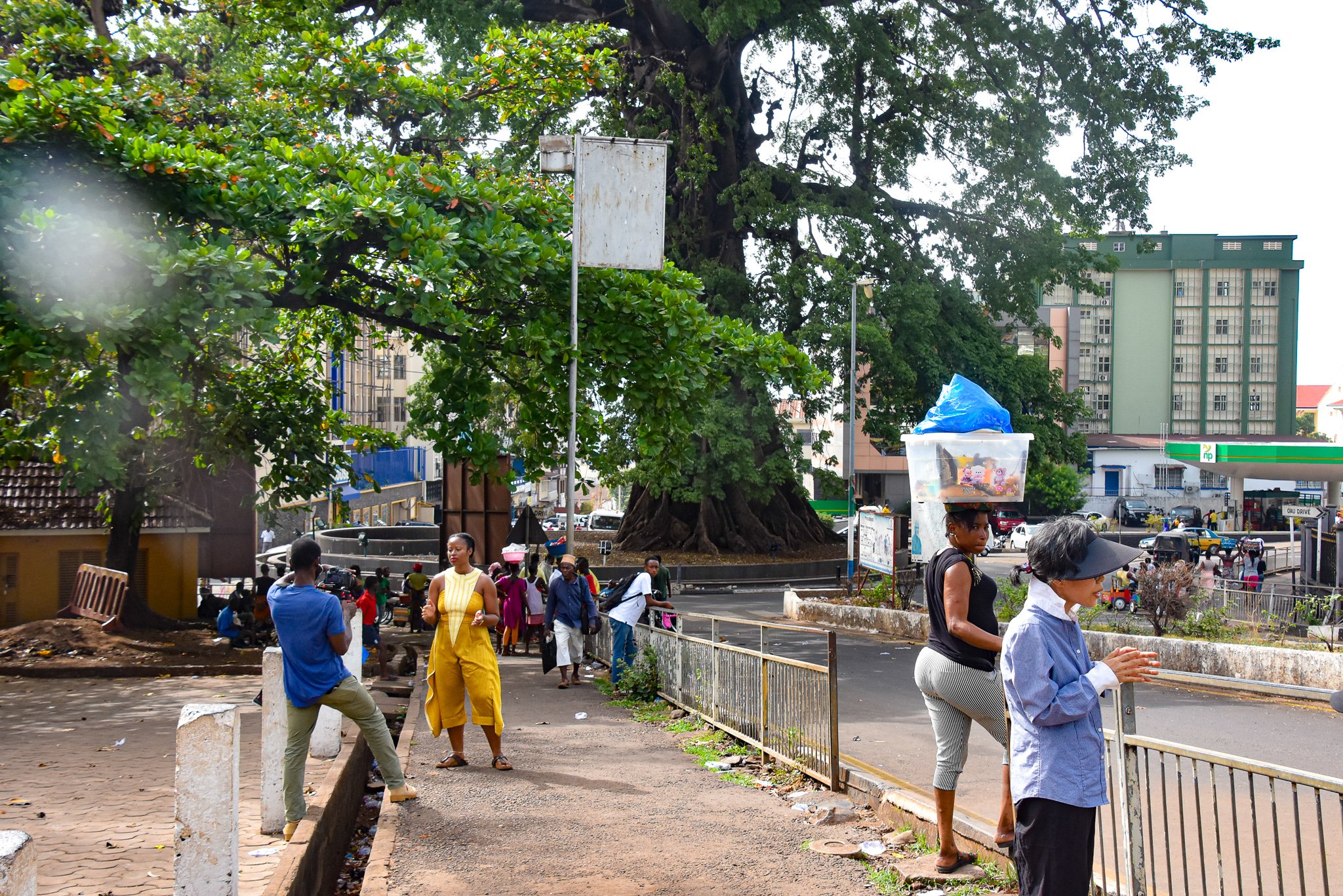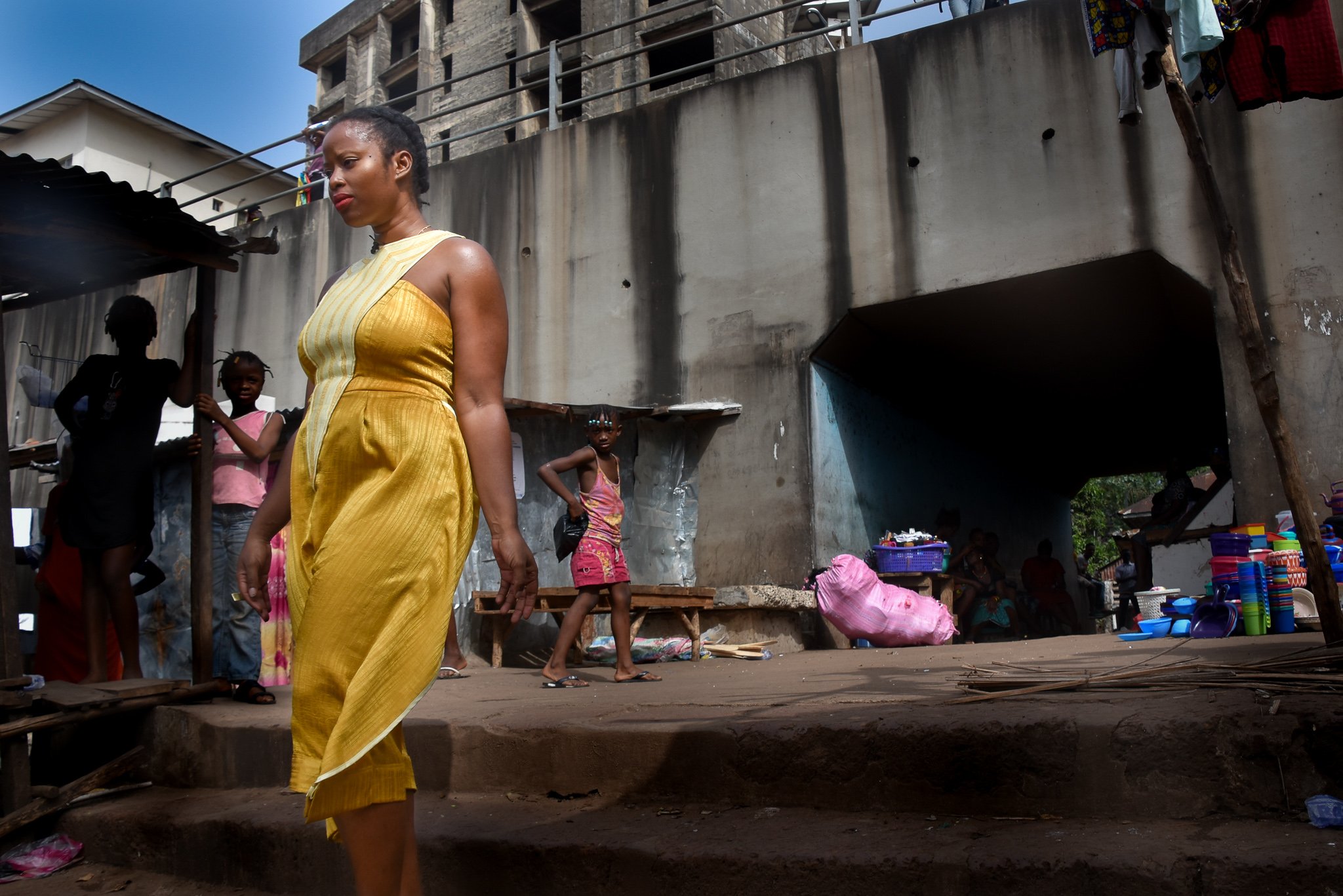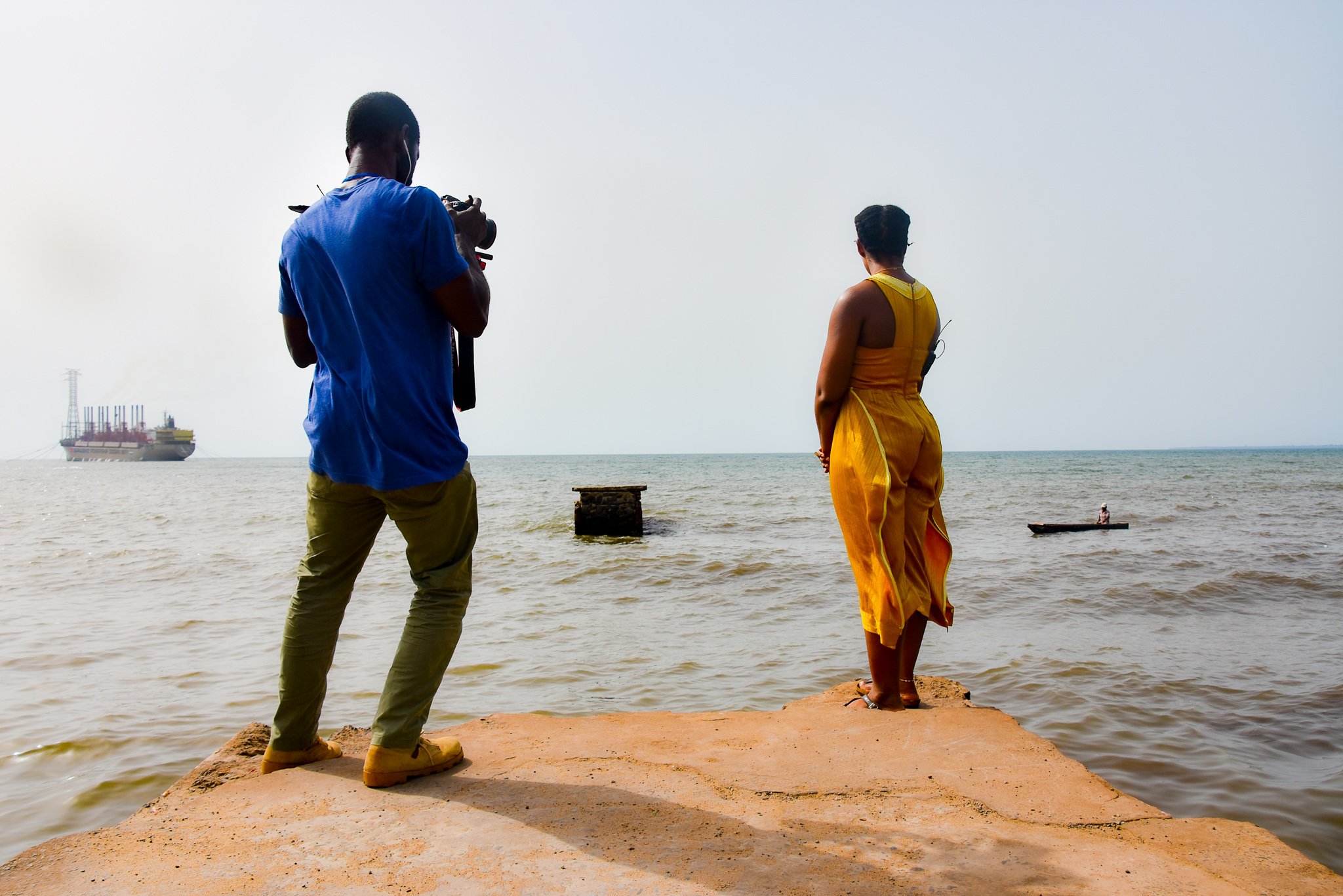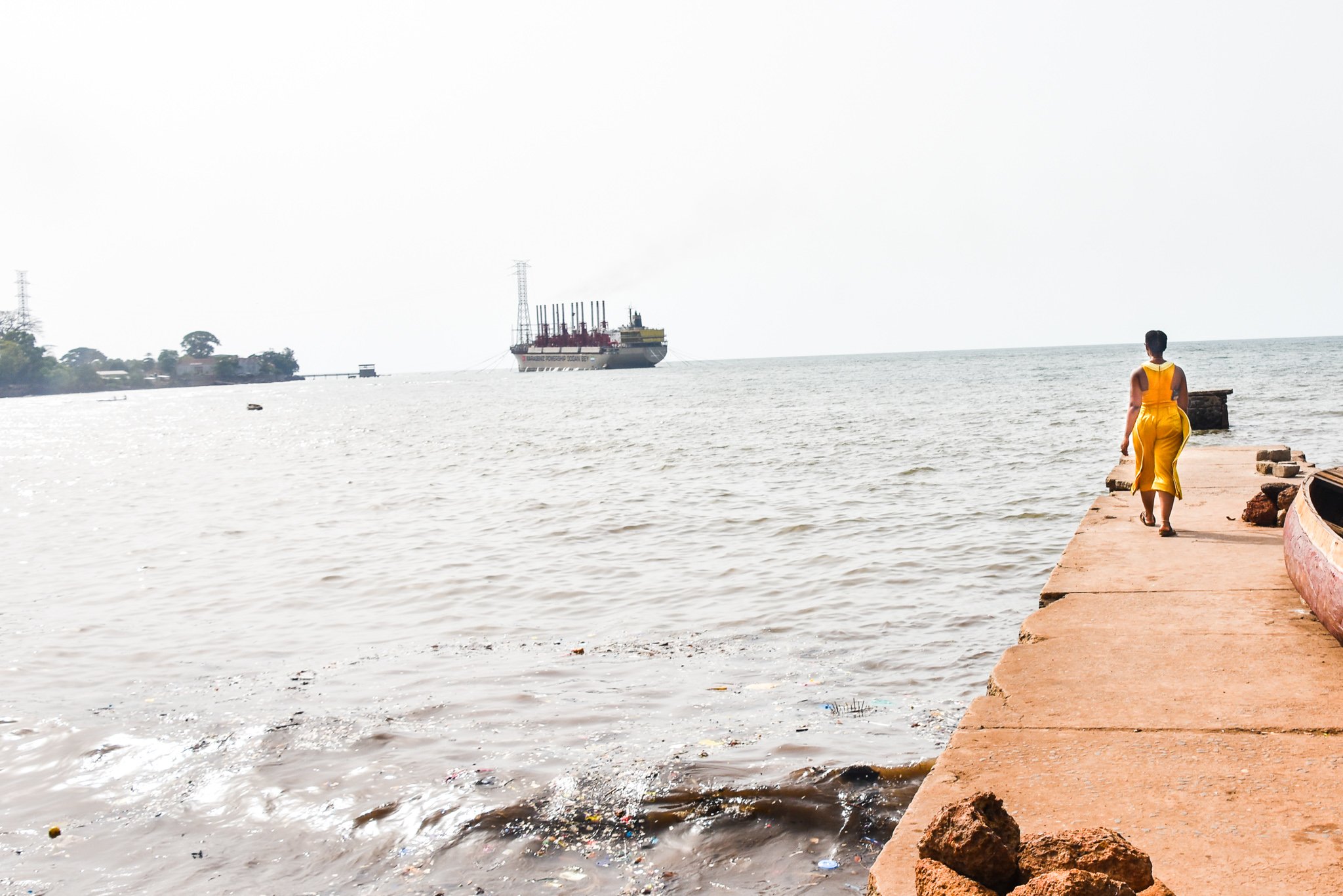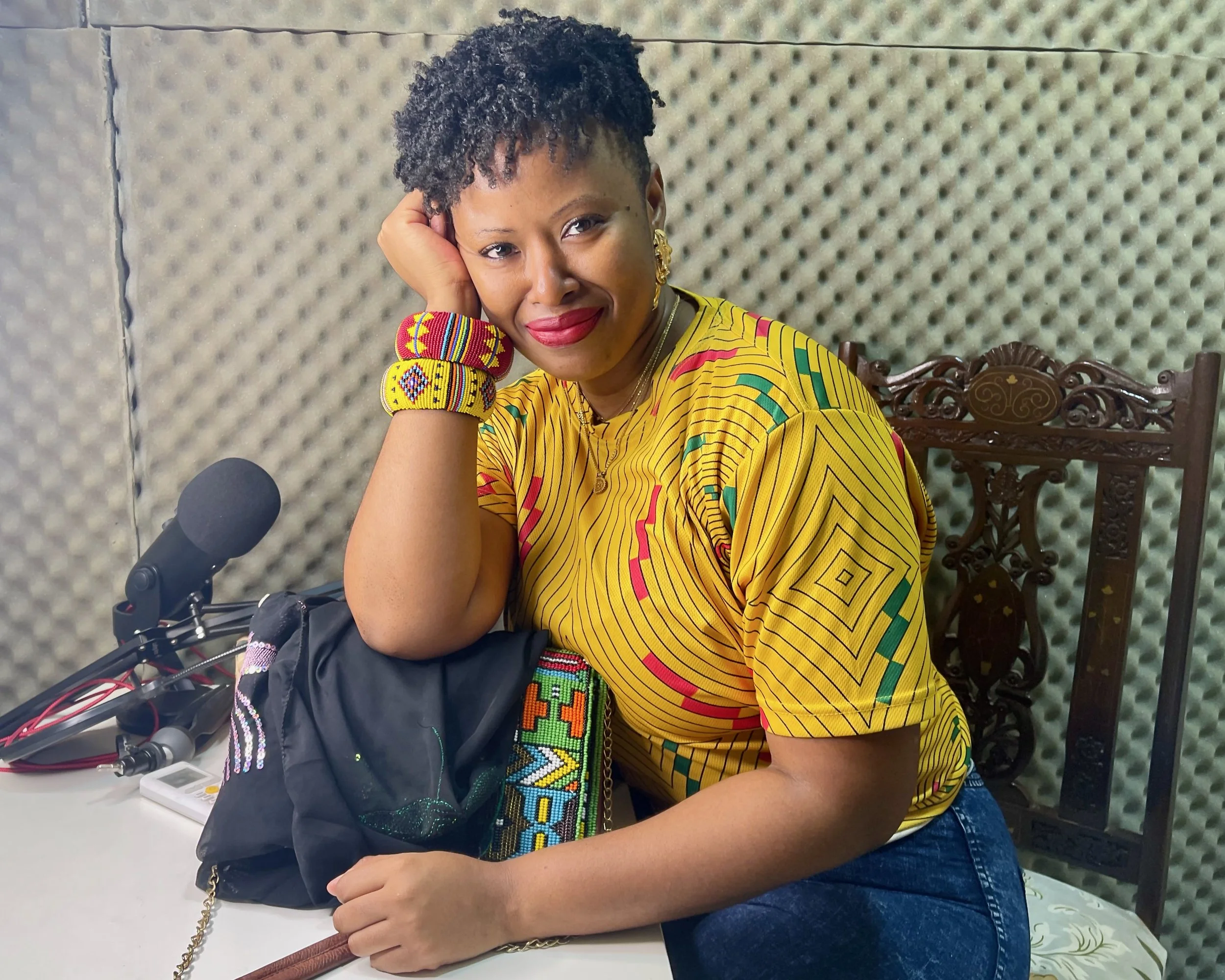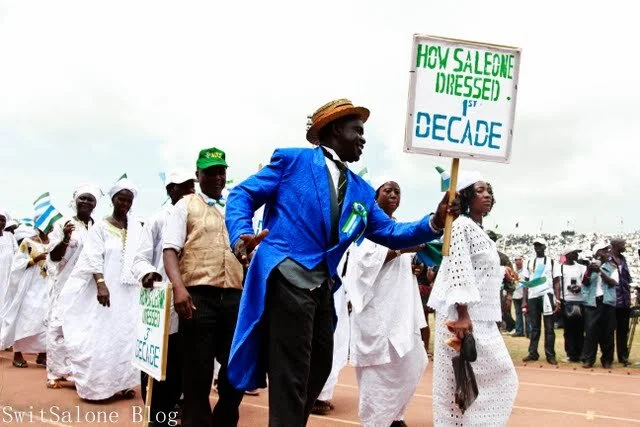How Freetown In Sierra Leone Became The Freedom Capital Of The World
On the latest edition of the Better Travel Podcast with Paige Mcclanahan, I shared a bit of my heritage and the founding of my hometown. The podcast reminded me of something Patrick Beckley said last month at the Make Sierra Leone Famous Showcase.
Why is Sierra Leone’s capital city called Freetown?
— The Better Travel Podcast (@bettertravelpod) April 9, 2022
In our latest episode, we’re treated to a language lesson with one of the country’s stars, @VickieRemoe who tells us a bit about Sierra Leone’s history and some phrases in its native language, Krio. https://t.co/1igGTIOPvs pic.twitter.com/6cMAnonY0W
“If Paris is the city of love, Freetown is the city of freedom.”
He responded to a question I asked about being hesitant about building a fashion brand around his heritage (given that the International media's preferred point of reference for Sierra Leone is either the civil war, ebola, poverty, or all three). Patrick said that Sierra Leone has its positives for all the hardships of everyday life.
“Just think of what Freetown represents as an international city of black freedom.”
It was the aptest description of Freetown I had ever heard. A reminder that Sierra Leoneans must take ownership of our narrative.
What we know as Freetown, the colony of freedom, dates back to 1787. Freetown City Council (FCC) celebrated “230 years of Freetown” this March choosing 1792; the year 1196, Nova Scotians sailed from Canada to Sierra Leone. While African Americans who came from Nova Scotia were the largest group of freed blacks to arrive in Romarong (the name of the Temne kingdom there), they were not the first.
The first group of freed Black people to come to Romarong to settle on land purchased by the British (to remove the “Black Poor'' from England) arrived five years before the Nova Scotians in 1787. The latter came in 1792. The Black Poor who arrived in 1787 settled at the short-lived “Granvilletown”. Remember that even though this resettlement project of formerly enslaved people in Britain took place, the transatlantic slave trade continued. Bunce Island was still functioning as a significant trade post with human cargo as its primary export. It wasn’t until 1808 that the British abolished slavery.
The Temne kings of Romarong were slave traders. The settlers did not have peace. For the first two years, there was nothing but palava and hardship. King Tom, who sold the land to the British, died, and rulership was passed on to King Jimmy. The new king wasted no time expressing his dissatisfaction with Granvilletown. He burnt it down. There are historical reports that some of those first settlers of Granvilletown were sold back into slavery by King Jimmy. And like the Temne chiefs, some of those repatriated formerly enslaved immigrants became slave traders themselves.
While the first settlement failed, the arrival of the Nova Scotians gave the “colony of freedom” new life.
To protect their investment, the British took control of Granvilletown (re-establishing it at current day Clinetown) on the East End of modern-day Freetown. Clinetown became the location for Fourah Bay College in 1827––Black Africa’s first western-style institution of higher learning.
The third group of Black settlers from the new world to arrive in Freetown was Trelawny Maroons from Jamaica. They came to Sierra Leone like their predecessors via Nova Scotia, which was as harsh to them as the colony was to the “Black Poor”.
The Maroons arrived in 1800. They were different from their Nova Scotian neighbors in culture and way of life. Add to those two groups the Romarong Temne communities indigenous to the land and the influx of recaptives you have a complex mix of blackness and black identity. The creole way of life came out of this mixing of African, Black, Mulatto, American, European, and Caribbean cultures.
Creole people created a new society parallel to and influenced by the Temne one they found in Romarong. However, unlike their Temne neighbors, the Creoles were subject to British law.
The celebration of the “founding of Freetown” by FCC has drawn criticism among a small group of well-meaning Sierra Leoneans. They argue that the existence of Romarong with its own culture and way of life means that Freetown’s founding began before the British bought the land. In their argument, I hear a noble attempt to retell a history of Freetown that doesn’t center on the White folk. While I empathize with this sentiment, in this instance, to tell the story of the place any other way would be to imagine history as it did not happen. Abolitionists conceived of Freetown as a solution to rid England of its poor black population. To say that formerly enslaved people founded Freetown does not mean that no life or civilization existed. Anyone who has ventured to read Walter Rodney’s ‘A Reconsideration of the Mane Invasions of Sierra Leone’ has ample evidence of Sierra Leone’s history and culture on record that predates the arrival of the British by 300 years. We can reject the racist narrative that Pedro Da Cintra “discovered Sera de Lyoa” in 1462. You cant find a place that already exists. The Sapes were there, the Bulloms, Temnes, and the Limbas.
Where there is no room for doubt, however, is about how Freetown came to be. So next time someone asks you where you’re from, and Sierra Leone’s coastal capital is your home, I want you to say you’re from Freetown, the freedom capital of the world.

